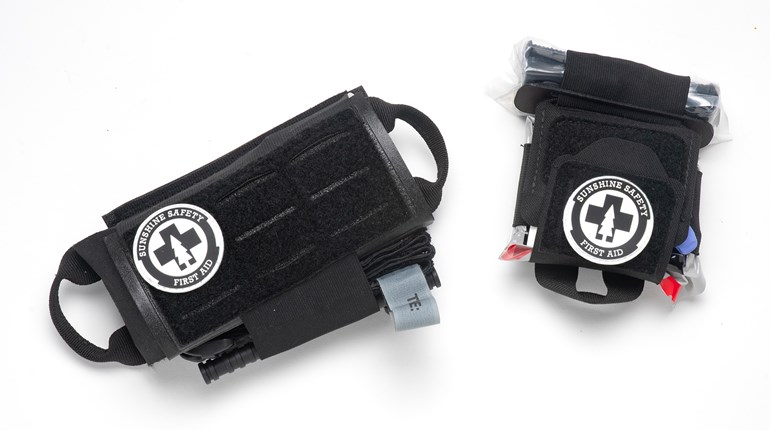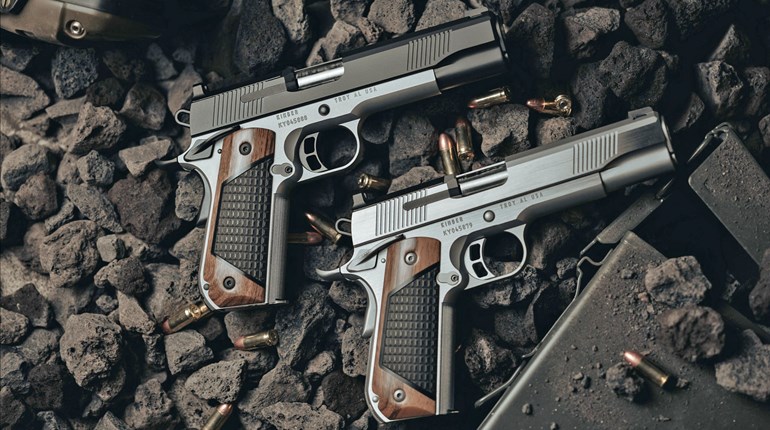
While the trend these days is permit-free concealed carry (and that’s a good thing), if you live in one of those states, it’s still a pretty good idea to take a class and get your permit. You’ll learn the legal intricacies of your state when it comes to the defensive use of a firearm, and if you need to use a firearm in self defense, it’s a way to show the powers that be that, yes, you are a responsible gun owner and yes, you do things the right way.
However, you’d be surprised how many people take a concealed carry class and then rarely, if ever, carry a pistol on a regular basis. After all, it’s not a “Concealed Leave-In-It-Your-House Permit,” is it? The problem is that for most of us, carrying a pound or more of metal on our hips is not a natural act, and making concealed carry a part of our everyday life can be an uphill climb. Some suggestions to make the transition to the concealed carry lifestyle easier are:
- Shoot a practical pistol match. Aside from the fact that they are chock-full of good people and a lot of fun to shoot, you’ll be walking around with an (unloaded) gun on your hip and getting used to how it feels to have one with you all the time. Plus, there is no better way to find out how you’ll handle the major stress of having to use a gun in defense of your life than learning how you use a gun during the minor stress of shooting a match.
- Carry your gun around the house. Actually, this is a good idea before and after you get your permit. If your state allows for permit-free concealed carry on the premises of your abode, do it. After all, the safest place to store a gun outside the home (on your person) is also the safest place to store a gun inside your home, so carry your gun. Plus, carrying a gun around the house gets you used to what it feels like to walk around with your sidearm on your hip in anticipation of that fabulous day when your concealed carry permit arrives in the mail, if you live in a state which requires such things.
- Take a firearm-training class. Your concealed carry class was not a firearm-training class; it was a firearm-licensing class. It no more taught you how to shoot quickly and accurately under stressful (very stressful) conditions than your driver’s license test taught you how to avoid sliding on an icy road. The NRA’s Basic Pistol and Personal Protection classes are two great ways to get started in firearm training as they provide certification that is recognized nation-wide and deliver solid, useful information on how to use your pistol to defend your life. Start with those, then look around for other trainers in your area.
- Practice, practice, practice. We have some amazing firearm instructors writing for us here at Shooting Illustrated, with people like Claude Werner, Chris Cypert and Shelley Hill who are experts at helping new gun owners develop confidence and competency in equal measure.
Years ago, during my first concealed carry class, my instructor told us that on average, only one in three of his students will make the decision to carry on a regular basis. The rest will just carry a gun “when they feel they need it," which is kinda like buckling your seat belt up only when you think you're going to crash: that is not our decision to make. Commit to carry your defensive firearm whenever and wherever you can, because you probably won’t get to choose the time and day when you’ll need your gun the most.






































